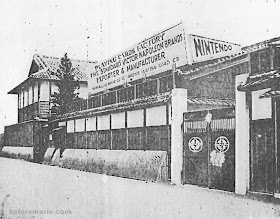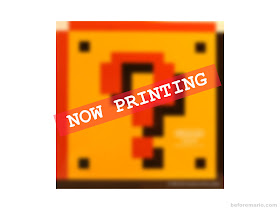After their early days producing mainly Hanafuda and other playing cards, and temporarily side-stepping into various other markets in the 1960s, at the end of that decade Nintendo had transformed into a toy manufacturer with a broad range of products, sold throughout Japan.
The document shown here gives a detailed insight into just how many different items the company offered at that time, from traditional games to new and innovative toys.
The document is called 'price table' ('価格表') and dates from September 1st 1971 (listed as Shōwa 46).
It was published by the Nintendo Nagoya Sales office (任天堂名古屋営業所), one of Nintendo's four sales offices at the time (the other ones were in Sapporo, Osaka and Okayama). Together with the headquarters in Kyoto, a branch office in Tokyo and two distribution centres, these constituted Nintendo's operation. [For a company tour of Nintendo in 1970, check out this post.]
The document consists of seven thin paper pages, that are printed on one side with tables in black. In the back, a single fold-out page with colour pictures is included, that is printed on both sides.
Dimensions are 18 by 25.5 centimetres. The fold-out page is double that size, 36 by 25.5 centimetres.
The first page aptly begins with Hanafuda (花札), or 'Flower Cards', which was the company's first product, offered here in five quality versions. The top-of-the-line is Daitōryō (大統領), featuring the familiar picture of Napoleon on the wrapper, followed by, in descending price, Otafuku (お多福), Three Cranes (三羽鶴), Tengu (天狗) and City Flowers (都の花).
These 'standard' Hanafuda are followed on this page by:





















































